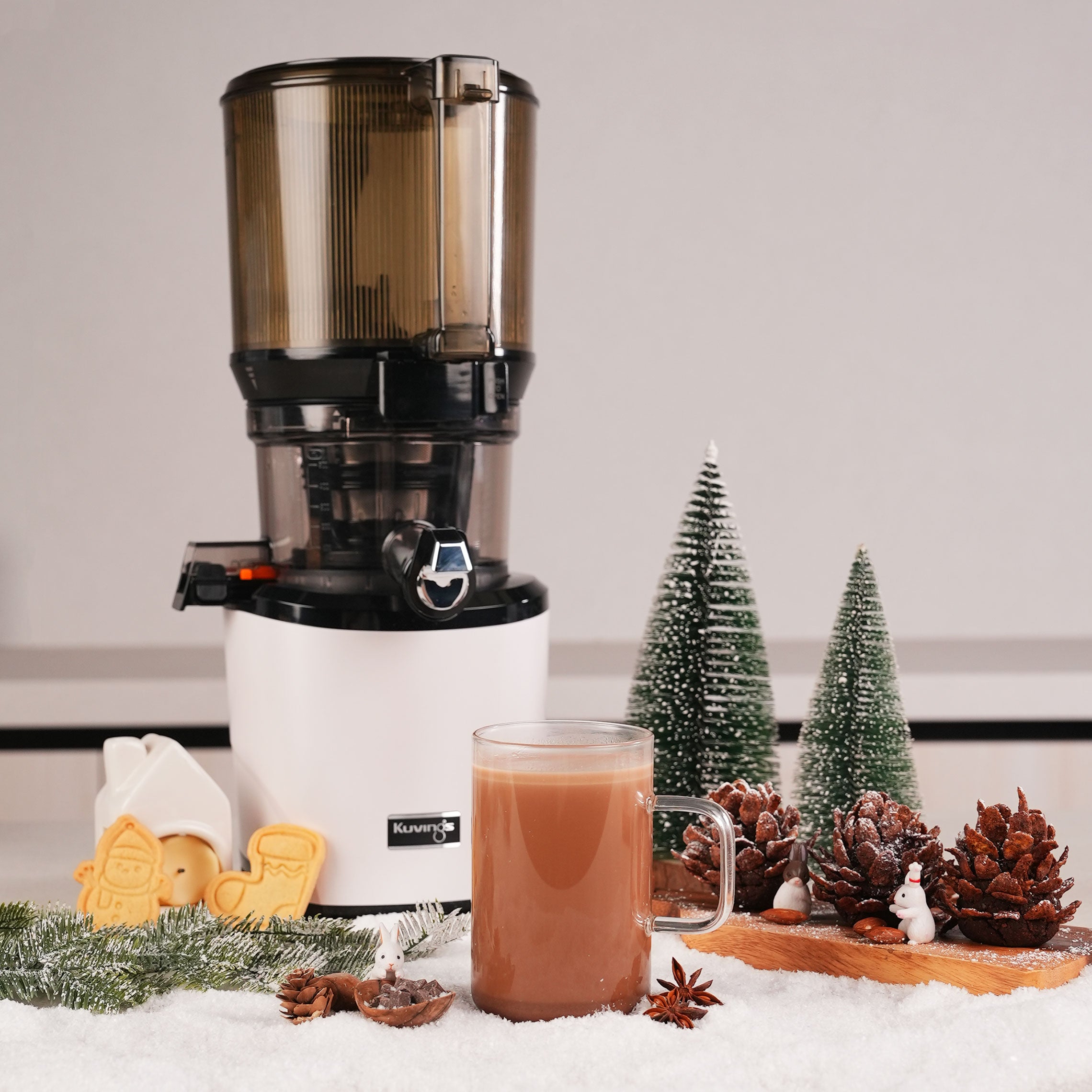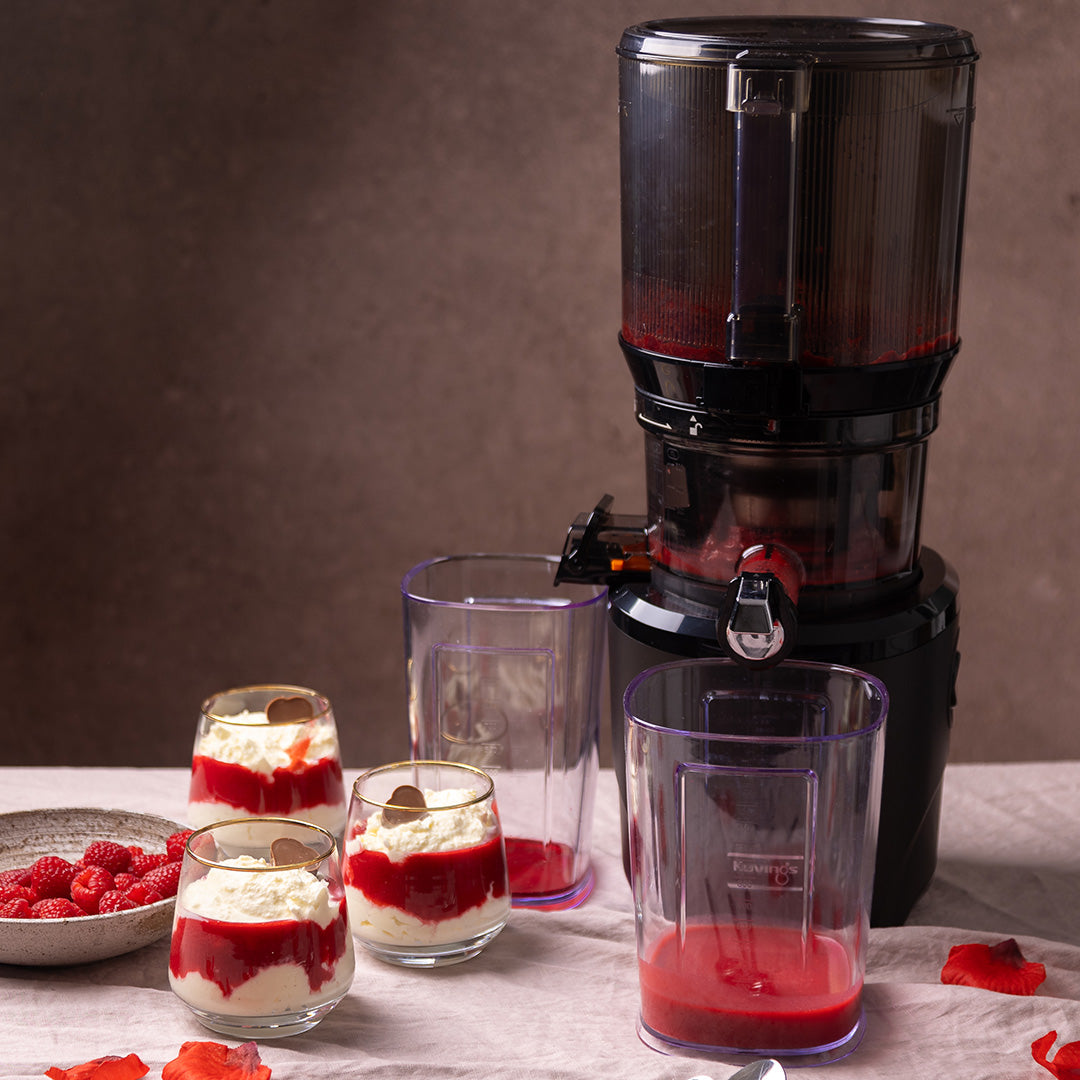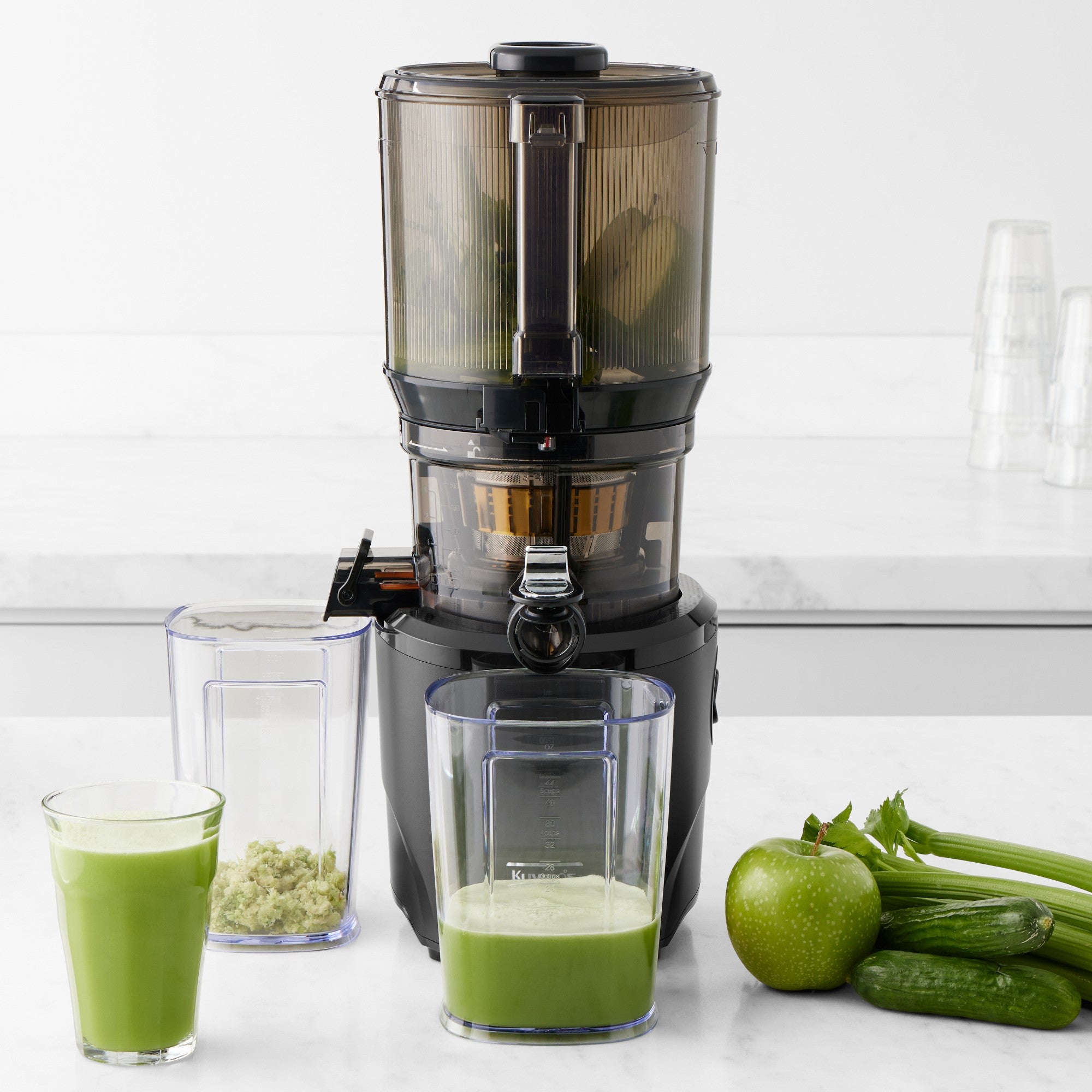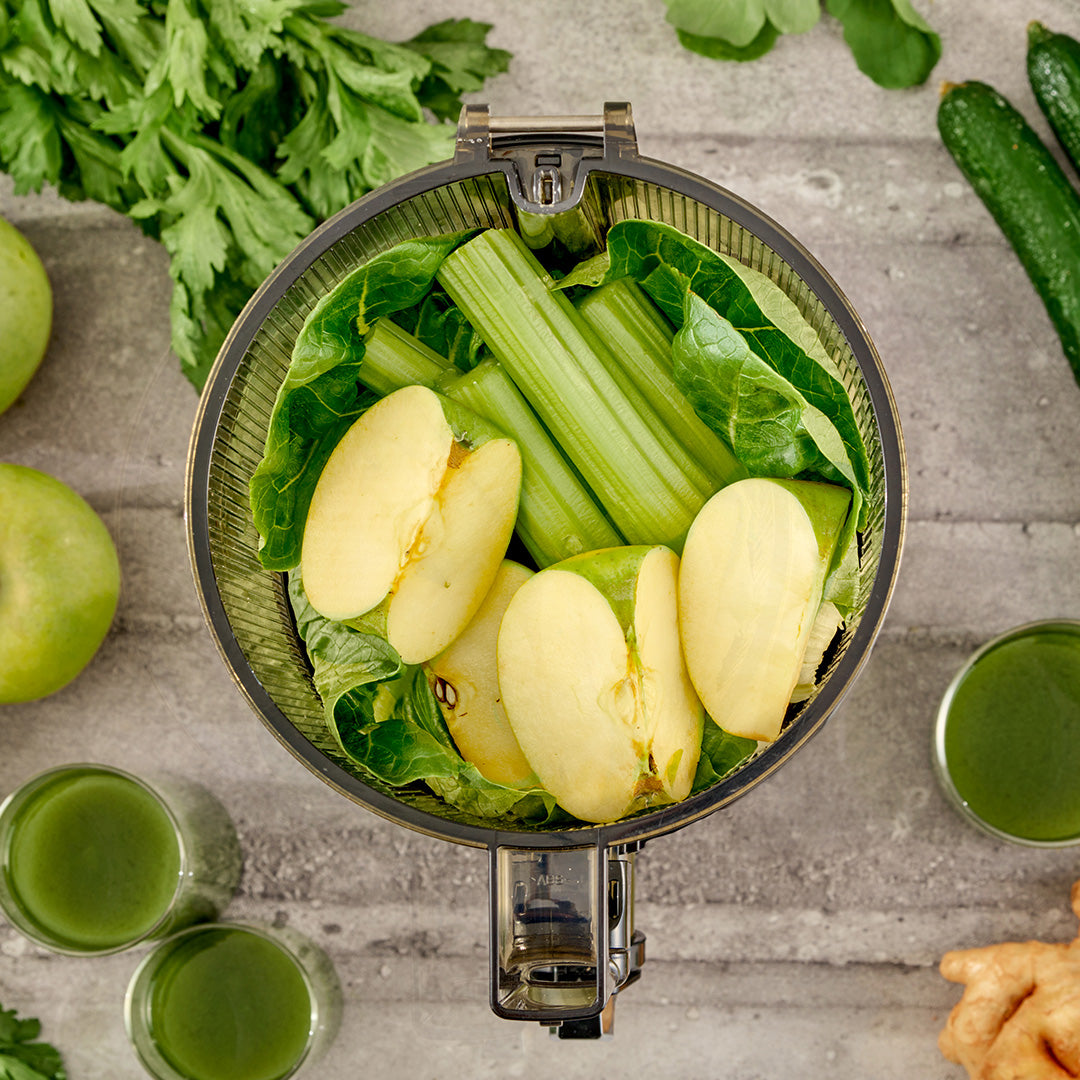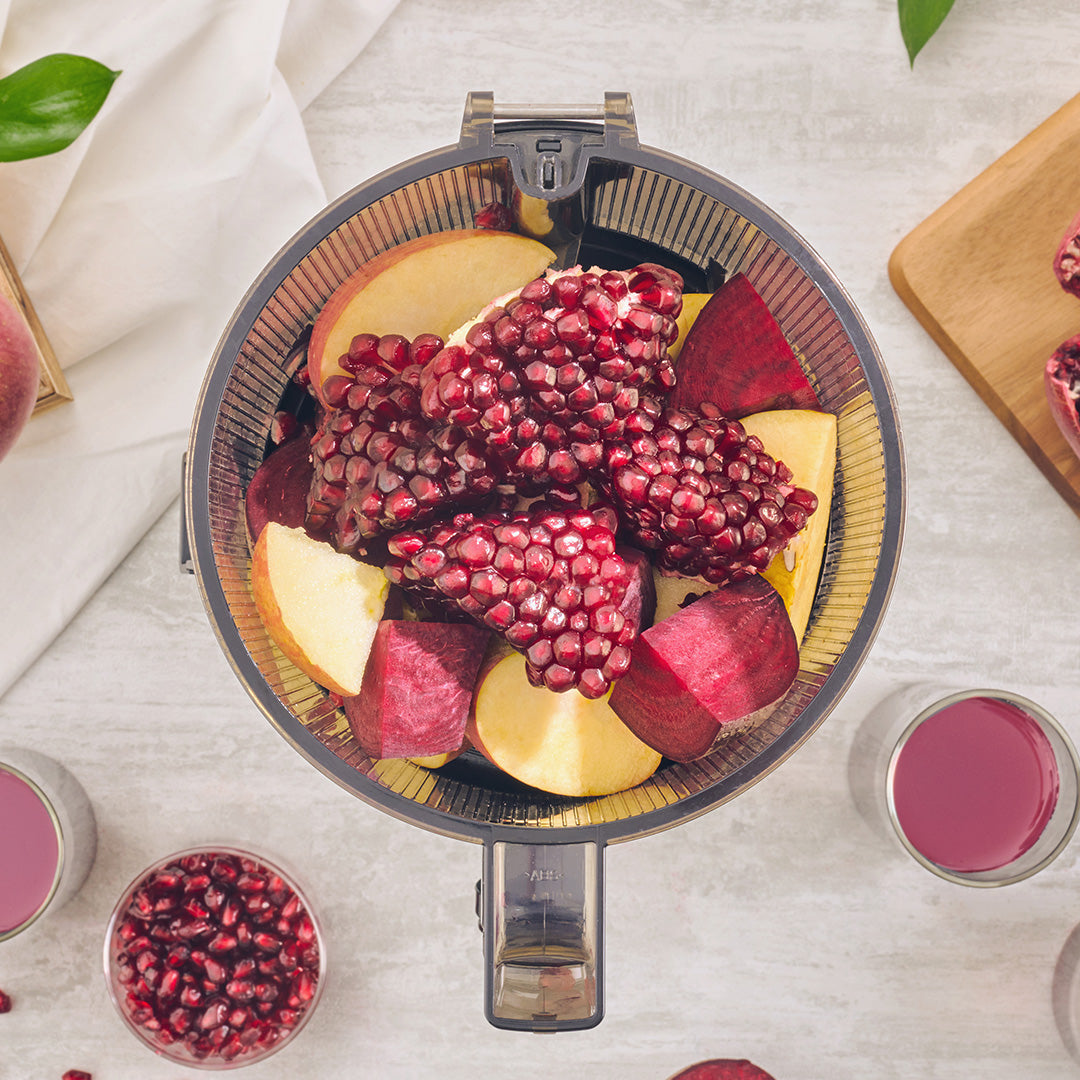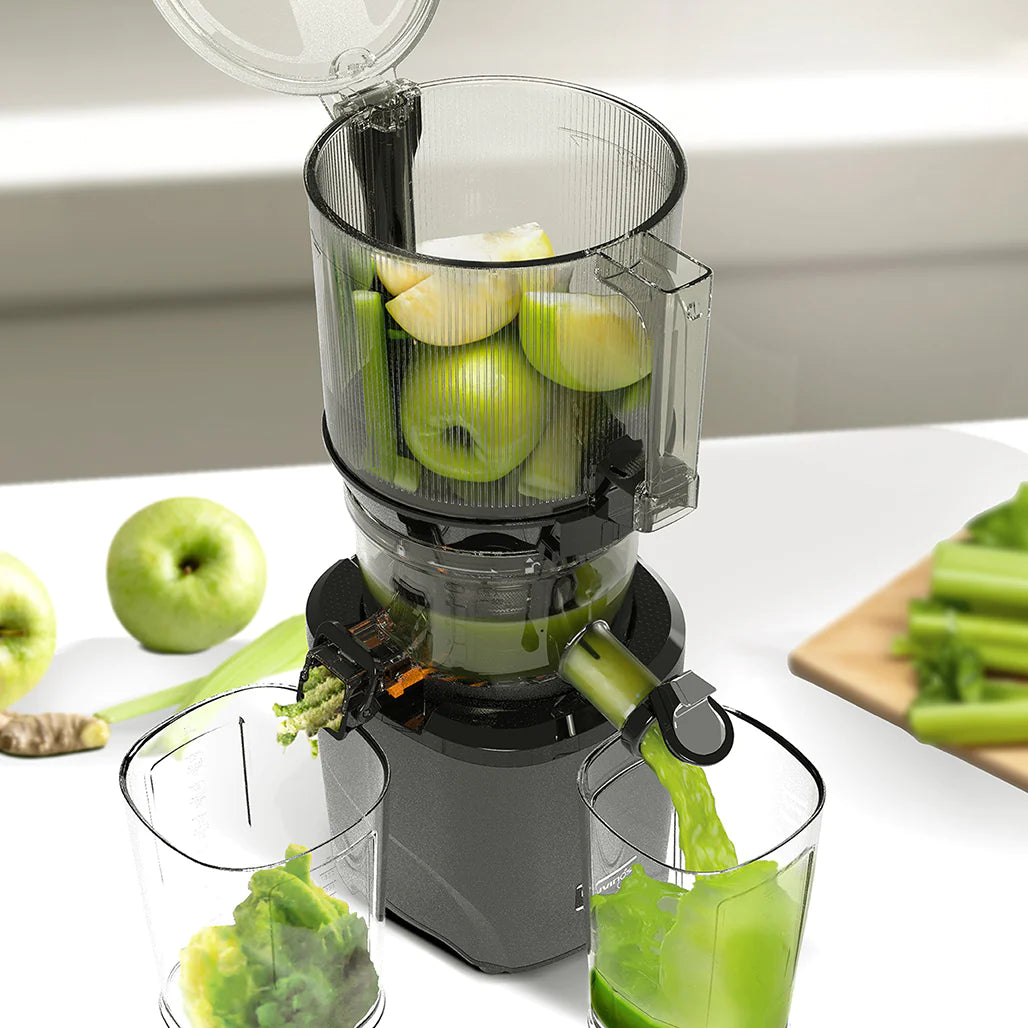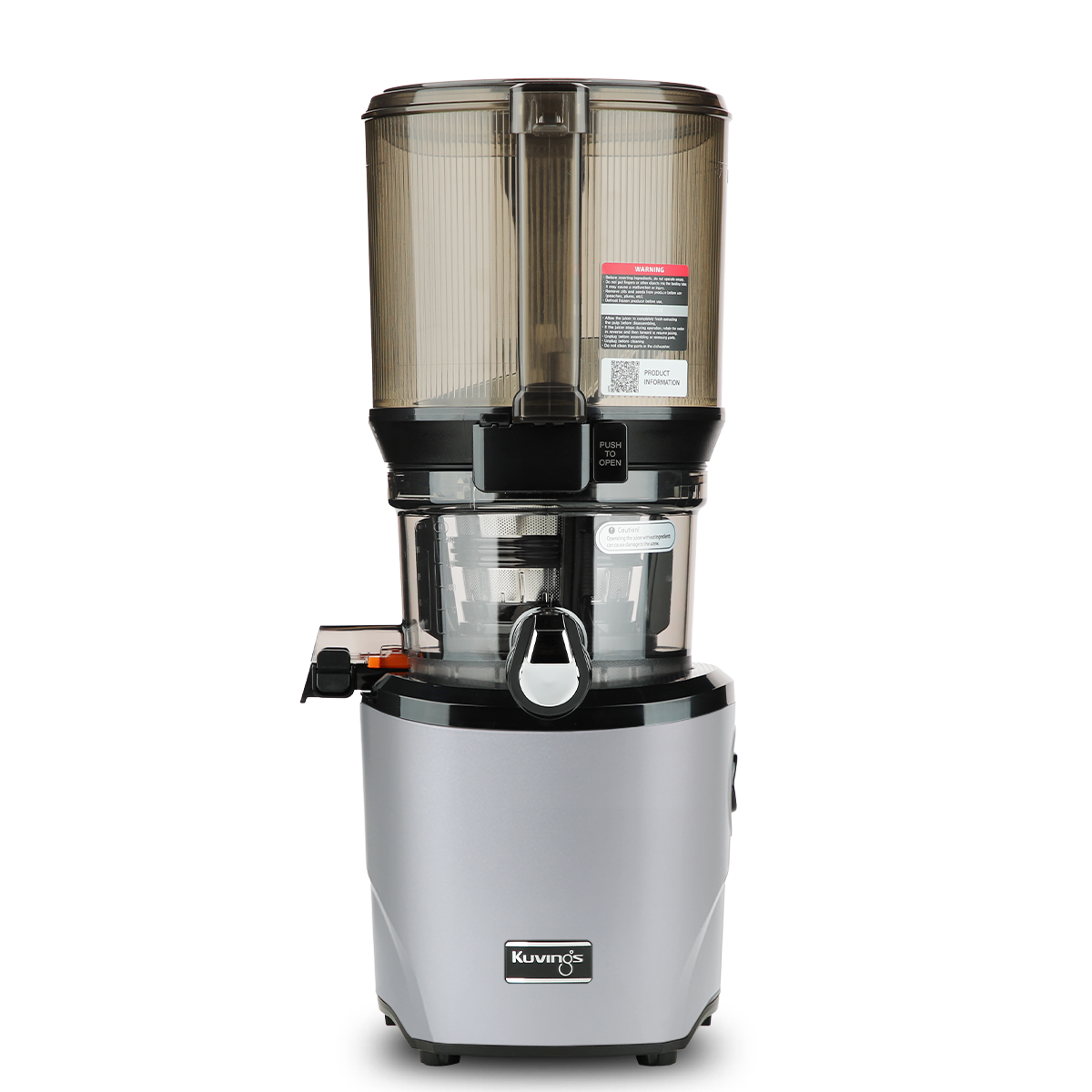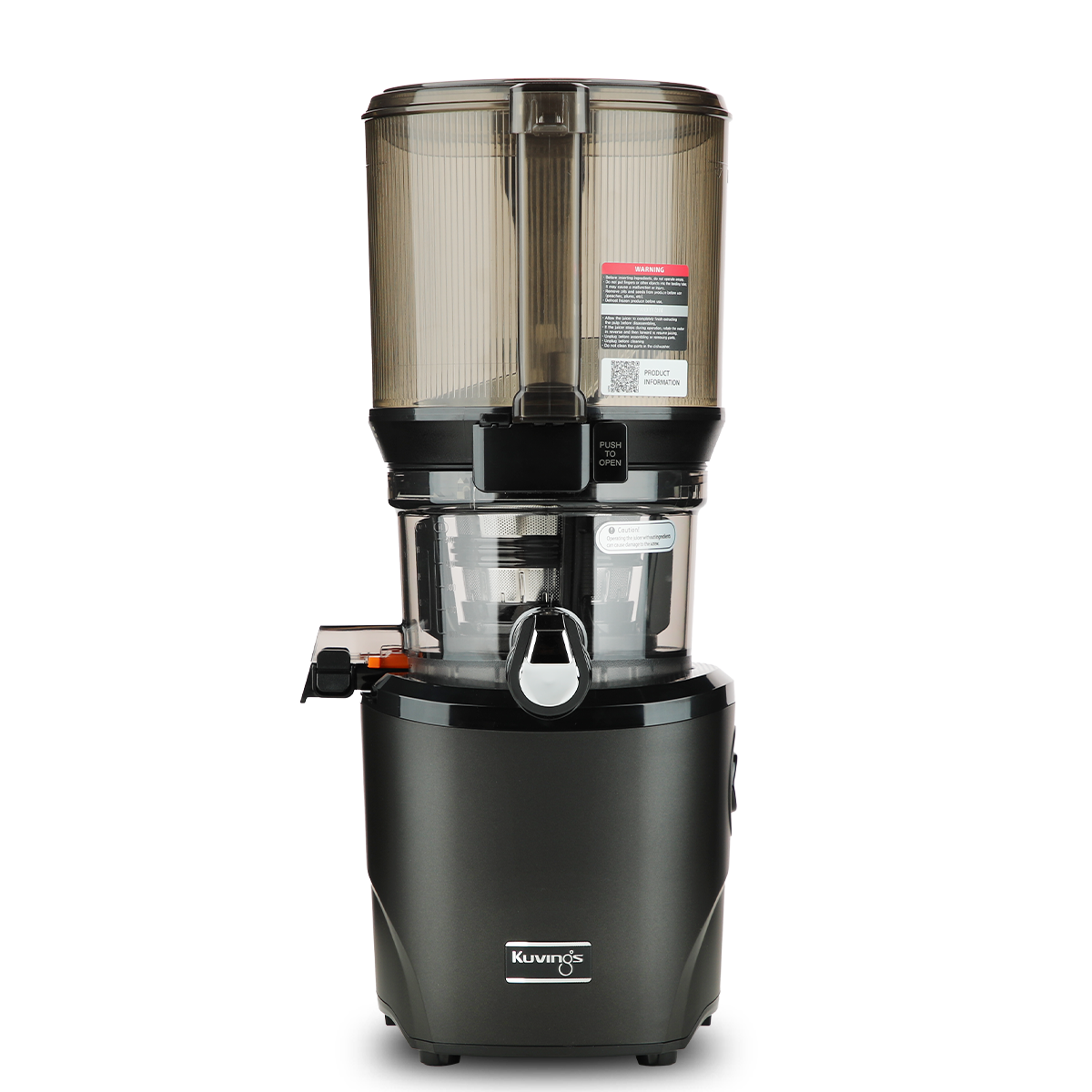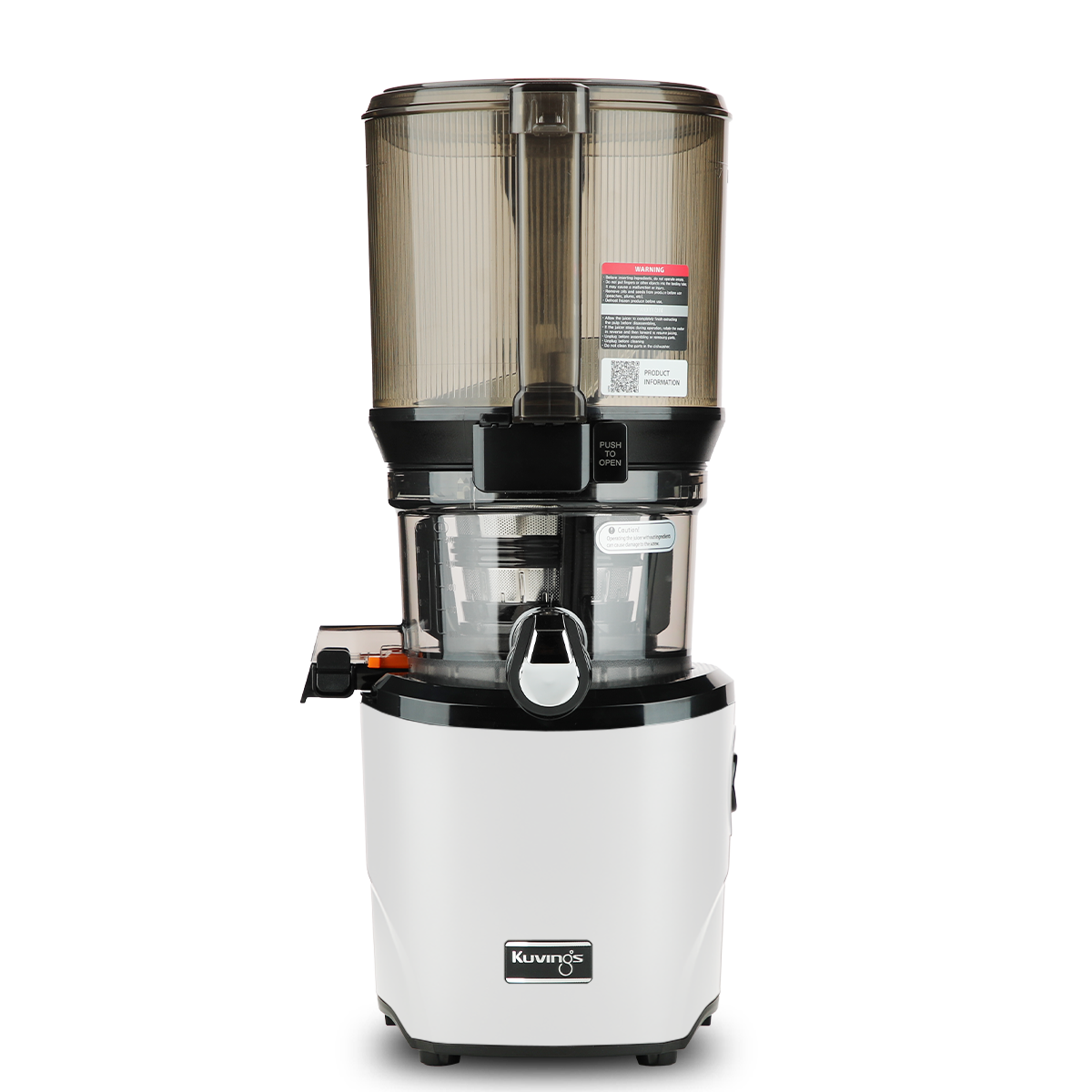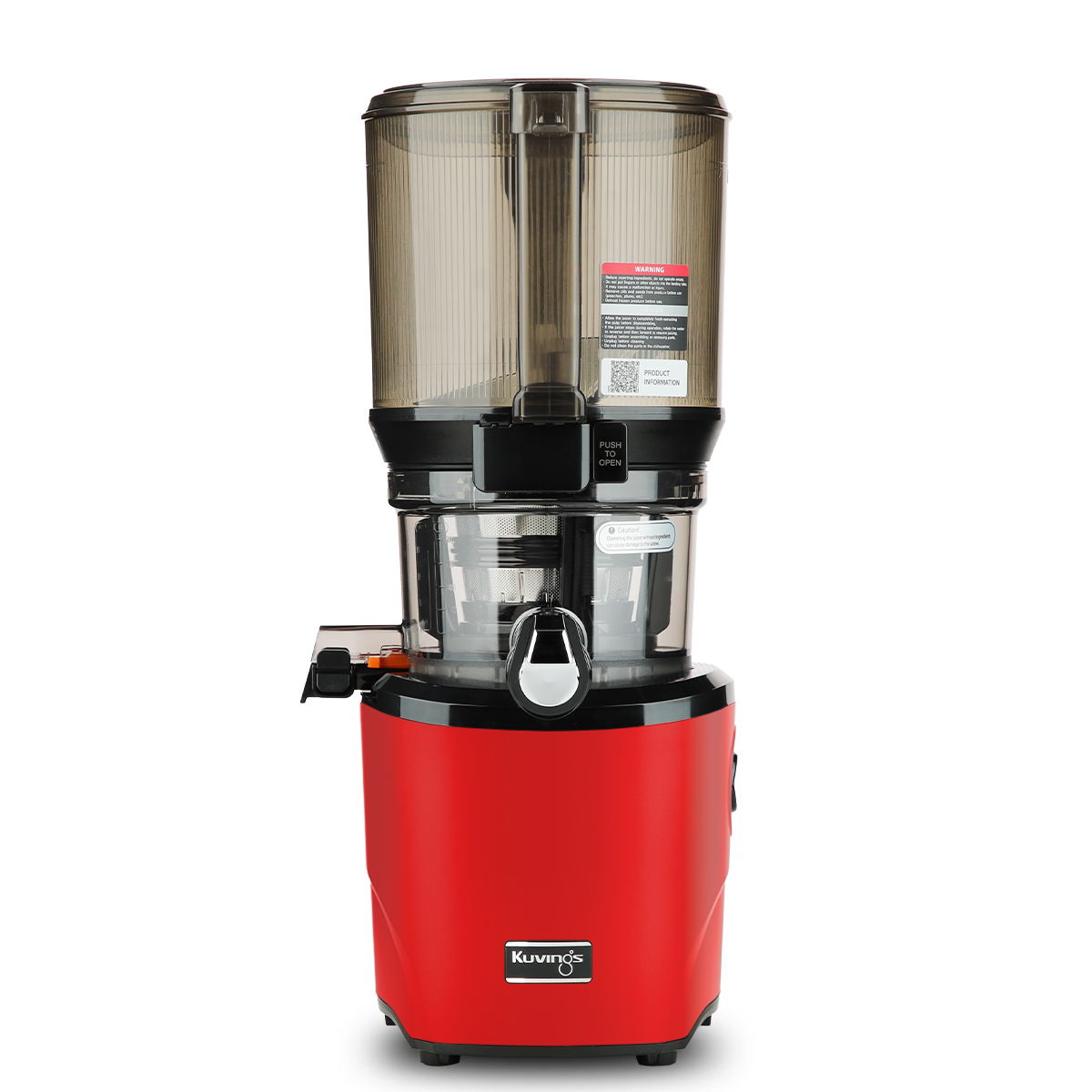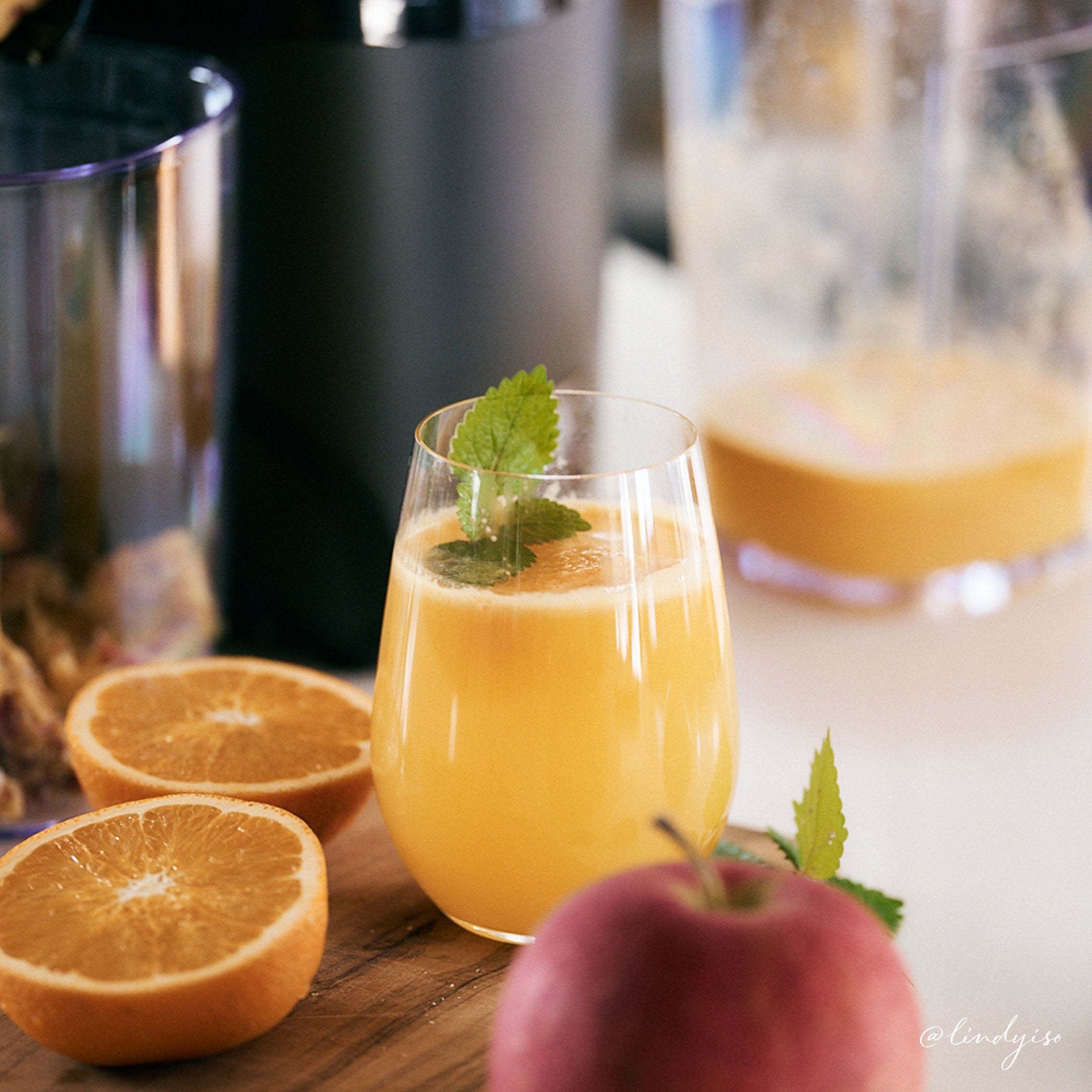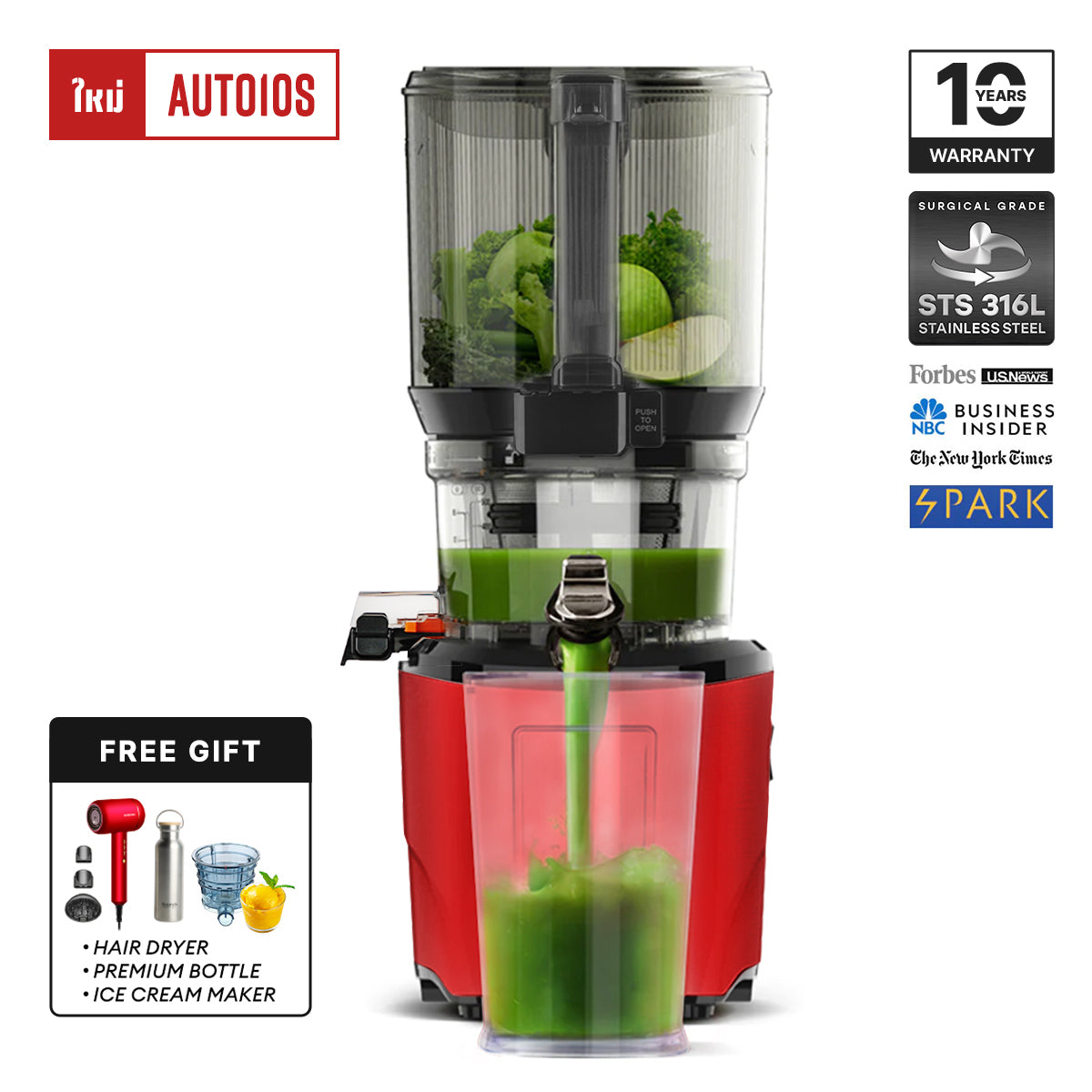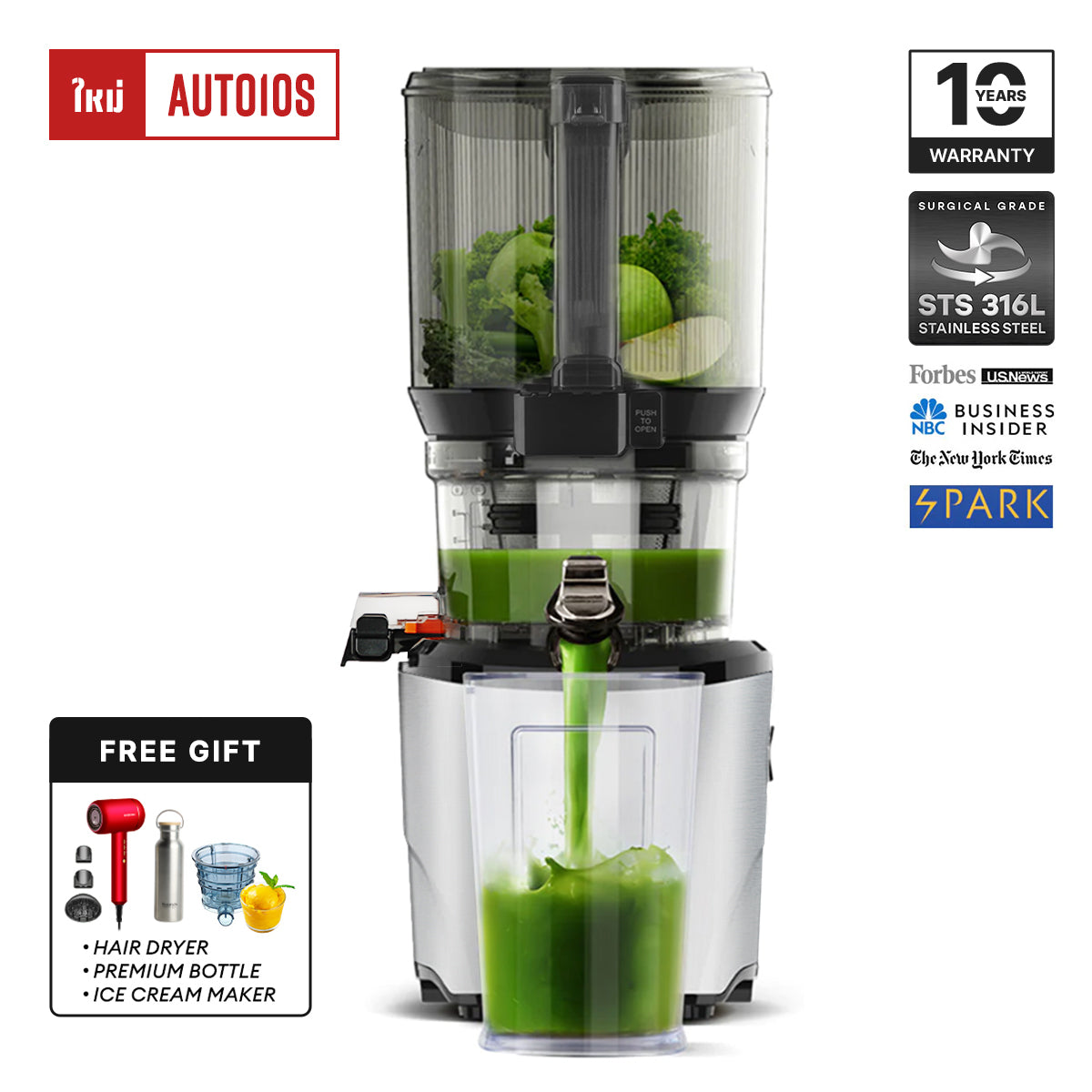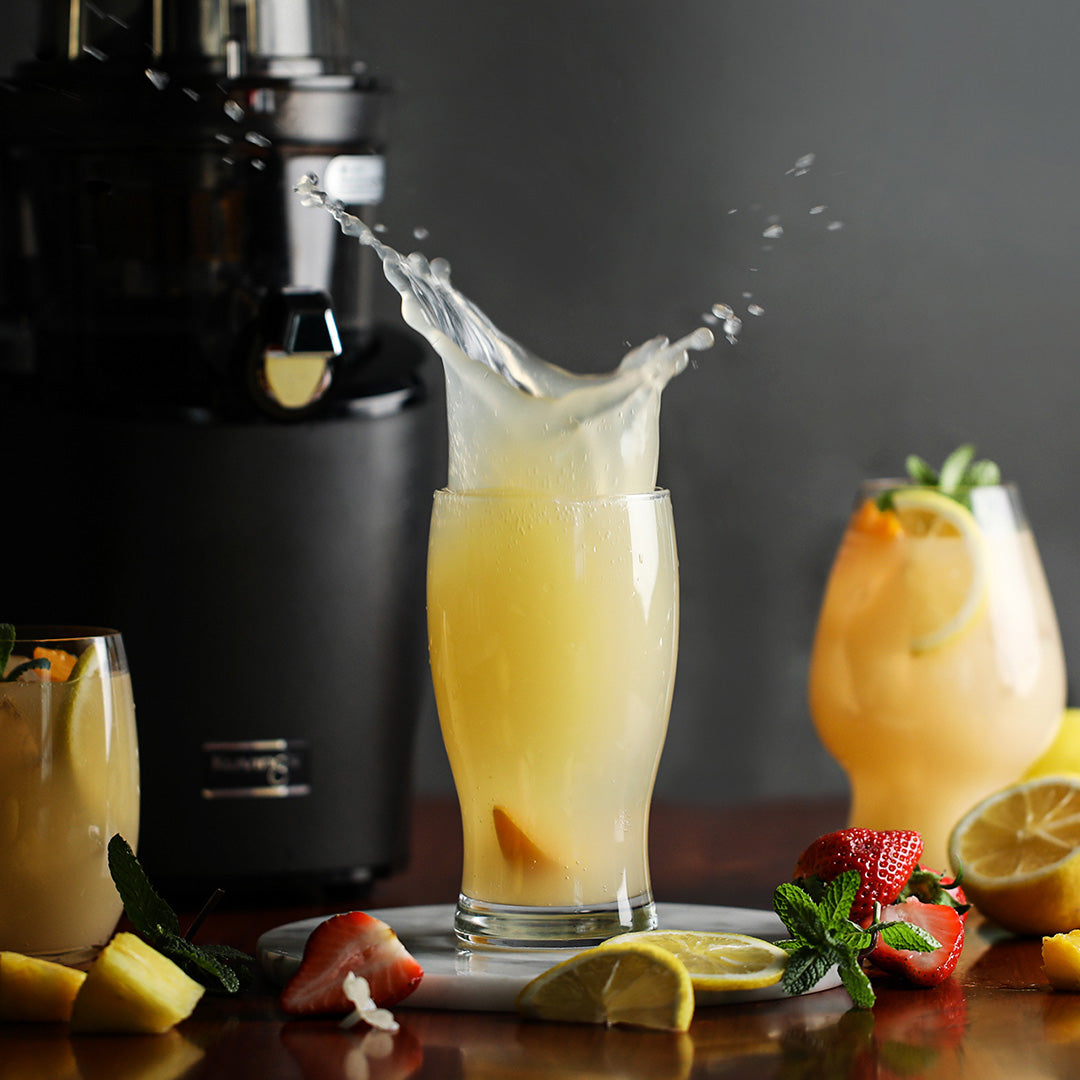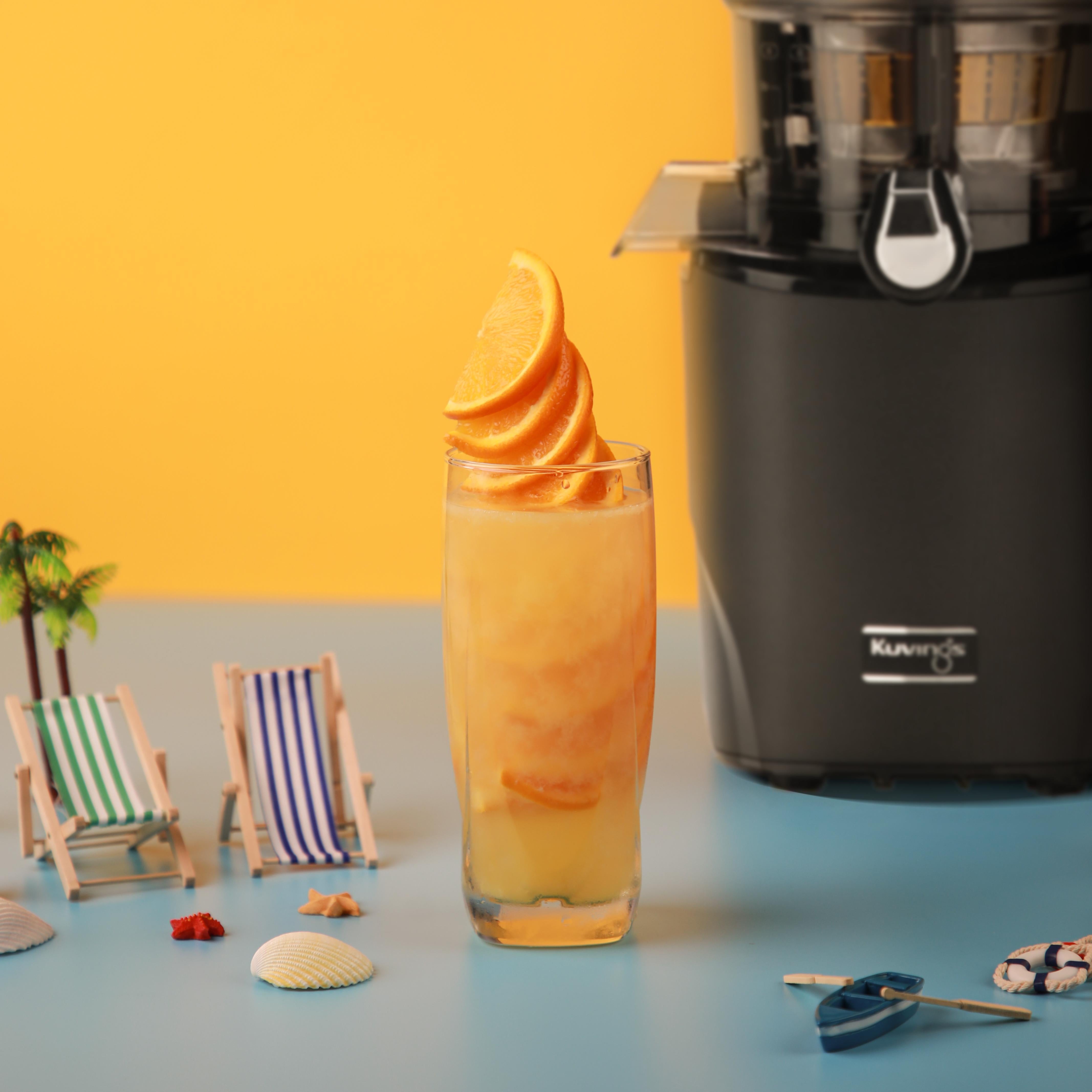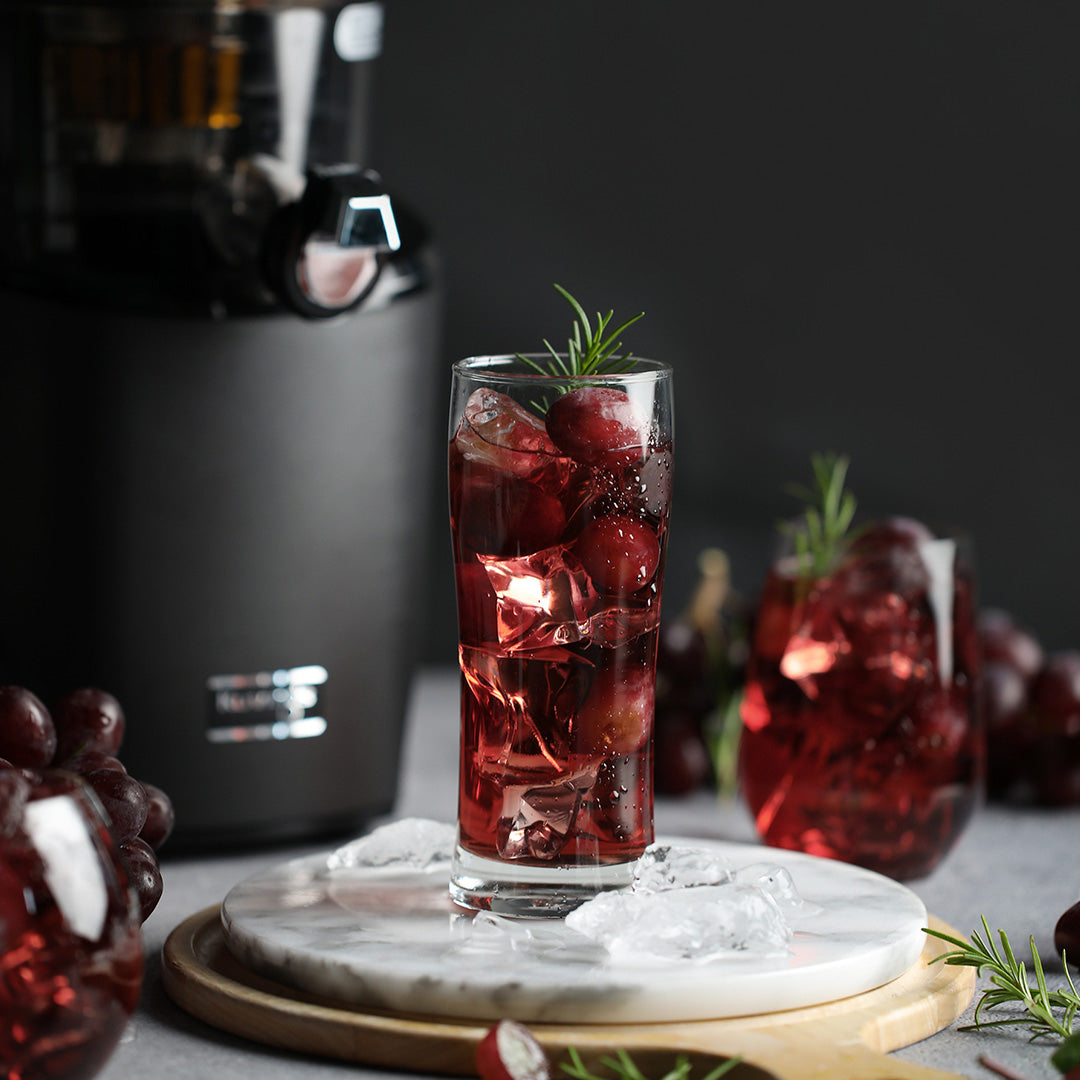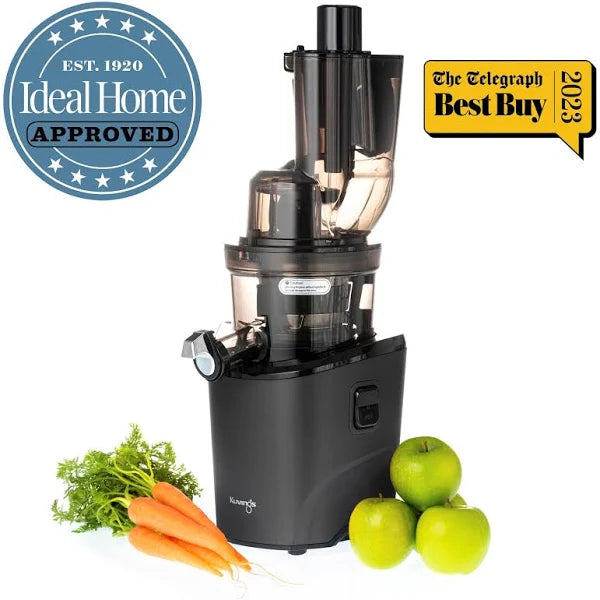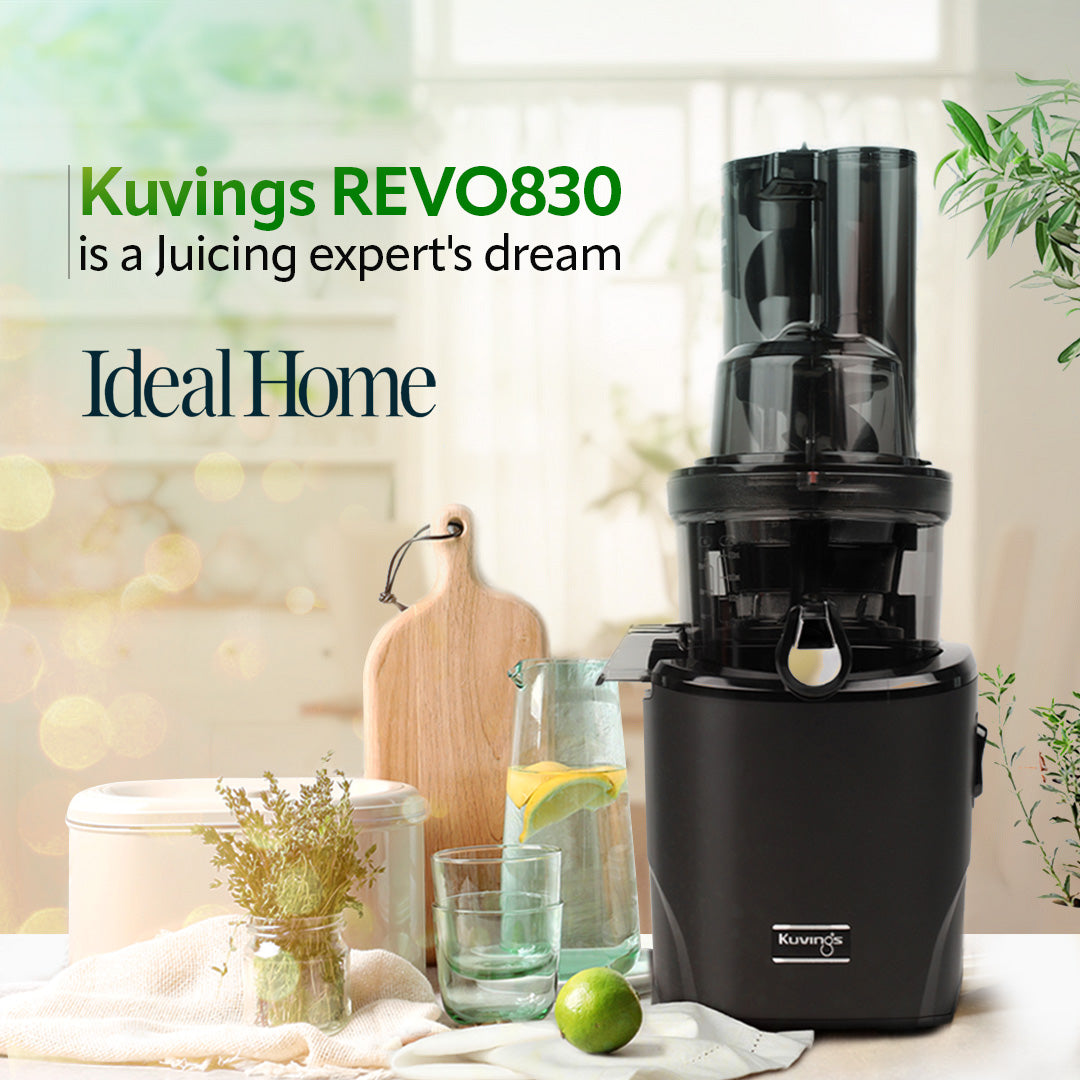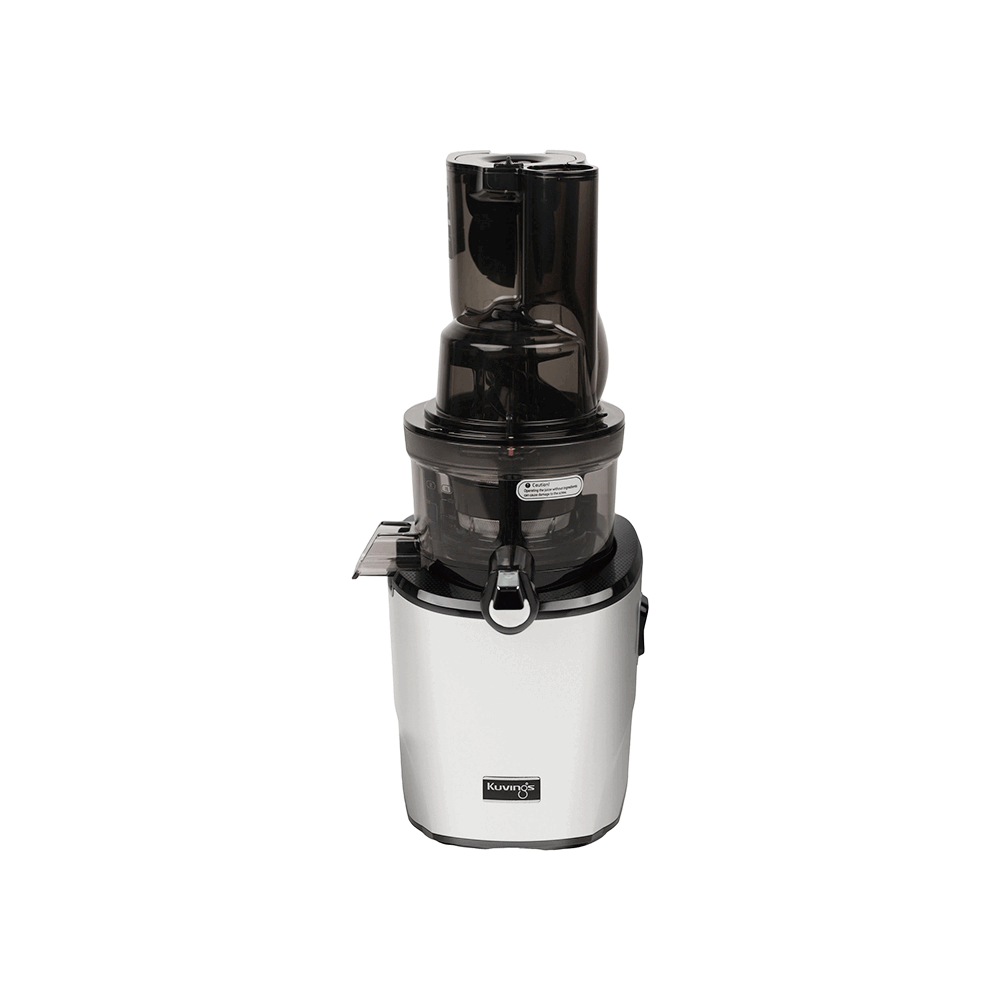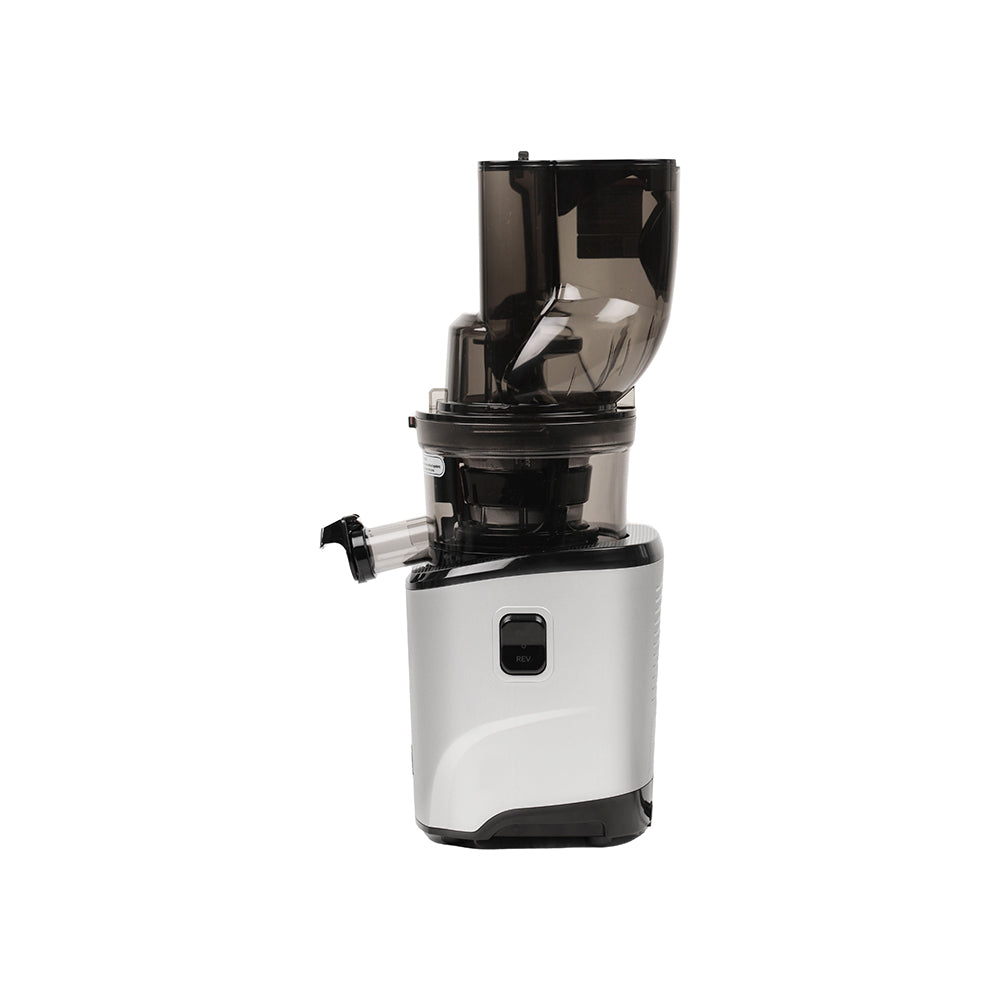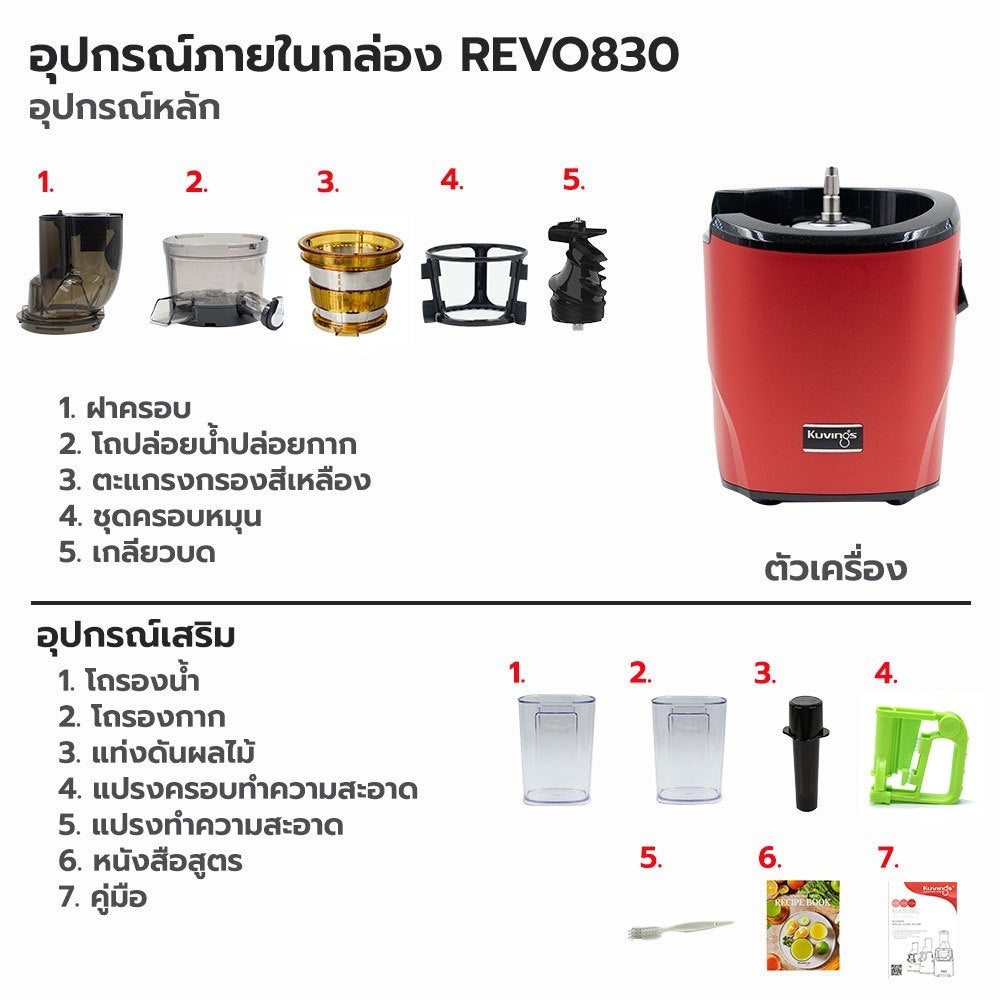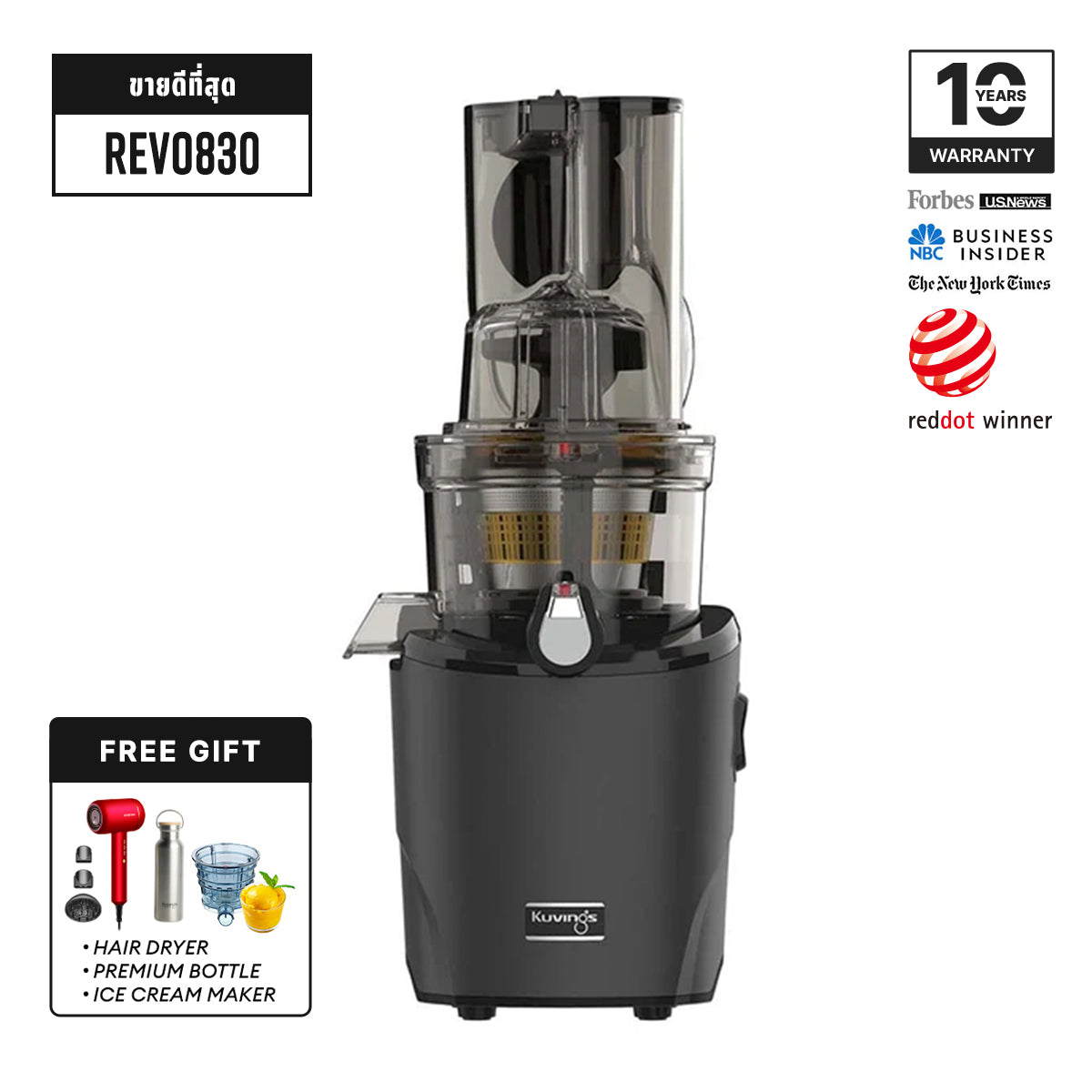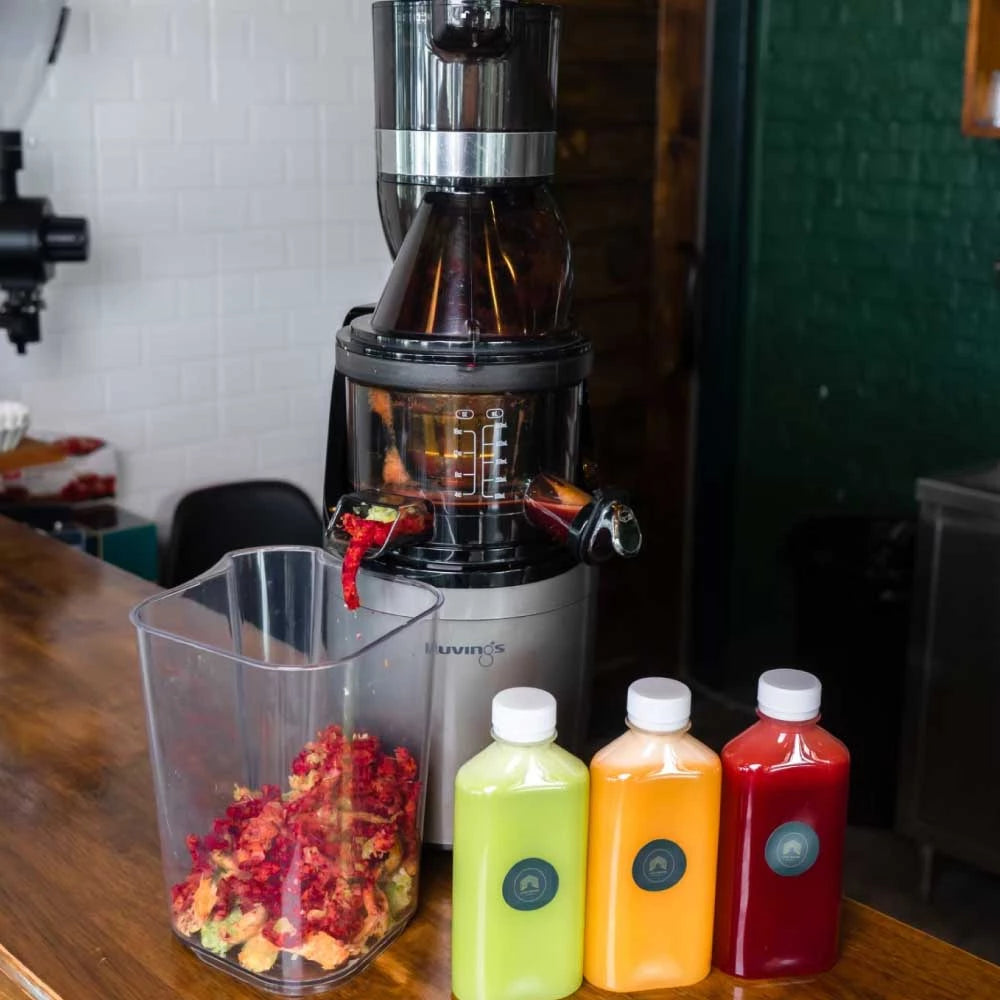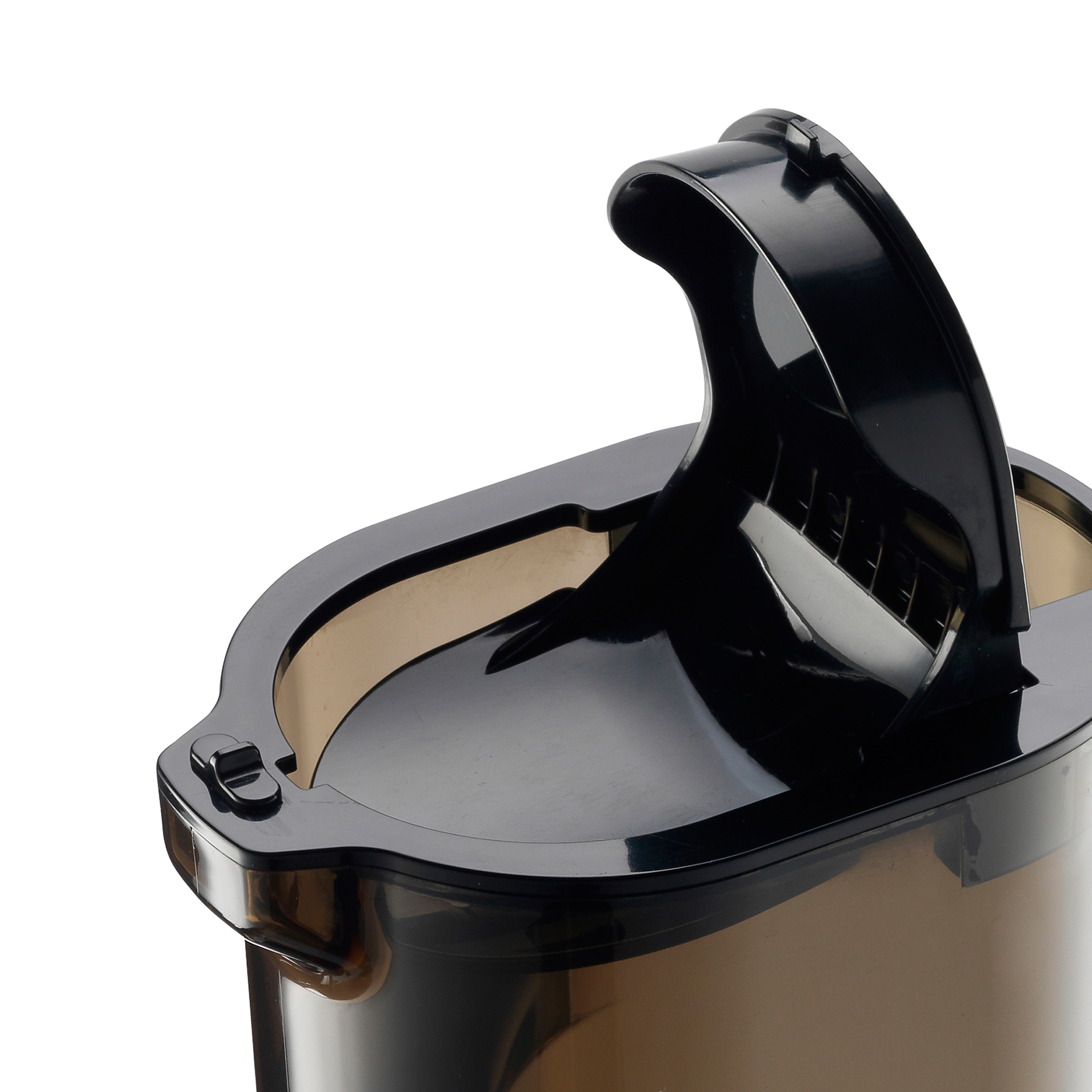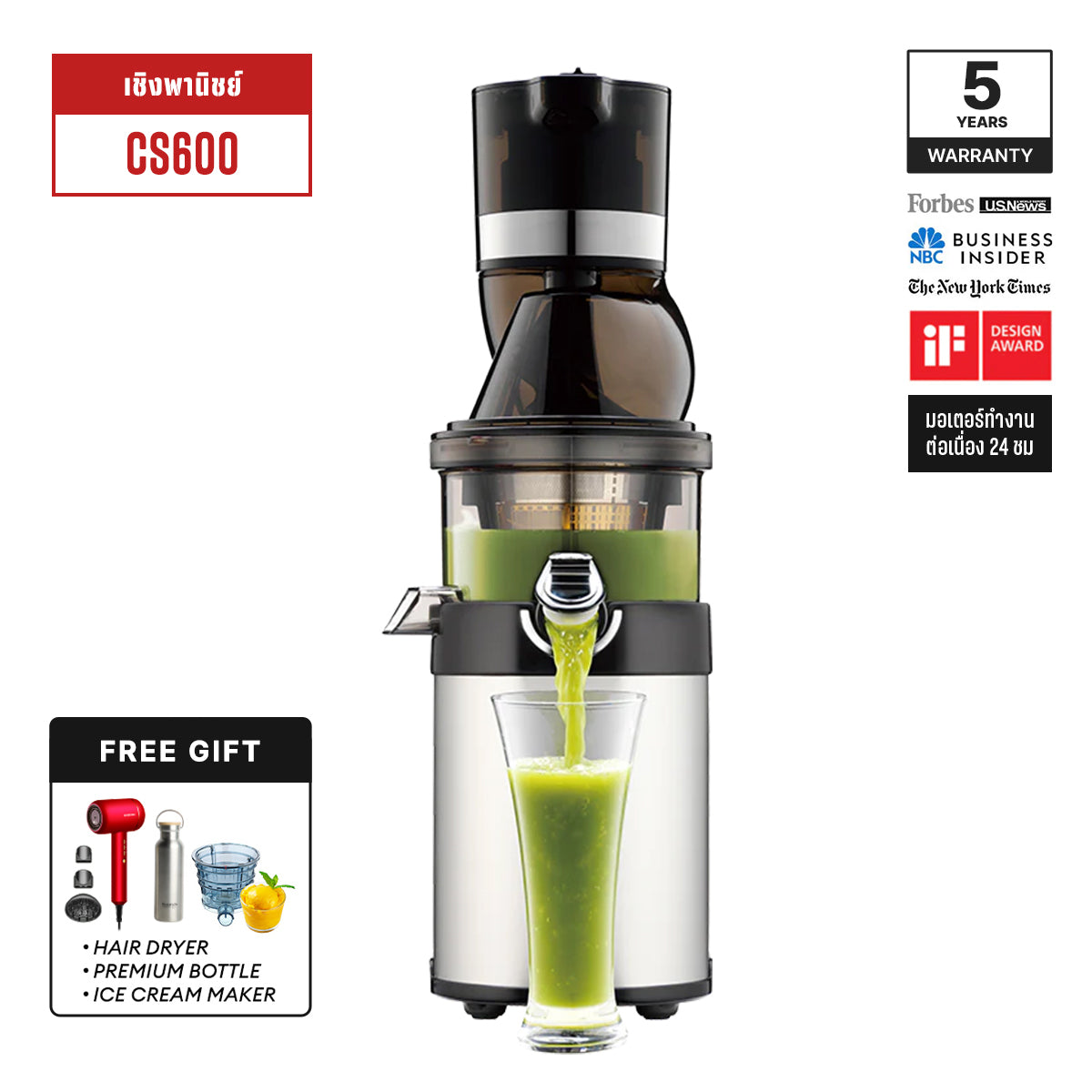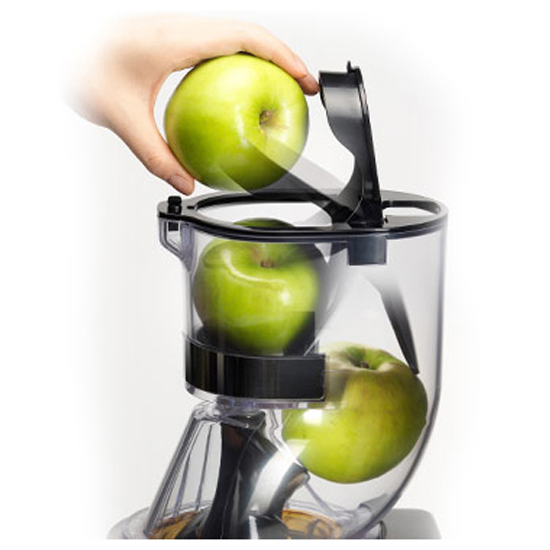You can juice soft fruits, but not all of them. Some soft fruits are better with certain techniques, while others are better suited for other uses.
Juicing soft fruits presents different challenges due to their texture. Our team tested juicing soft fruits, especially berries, grapes, mango, banana and avocado, using our state-of-the-art REVO830.
In this article, we’ll share discoveries, juicing tips, and alternatives to juicing to ensure you get the most out of your tender fruits.
Berry Juice 🍓
You may have wondered whether different berry varieties are suitable for juicing. The answer is yes!
In @theallnaturalvegan's testing, we discovered that strawberries, blueberries, blackberries, and raspberries can be juiced.
Since berries are small and have more flesh than water, it takes a lot of berries to produce a large yield, and the yield may be a little thicker, but don't worry, there will still be plenty of juice flowing out.
Grape Juice Press 🍇
Grape juicing is possible with the grape juicer! Grapes that are soft but have a high liquid content can be juiced without much effort.
Squeezing grape juice is easy, just gently remove the grapes from the stems.
@juicingwithmaddy Choose to juice grapes with seeds. Juicing grapes with seeds is easy because the soft seeds will not harm your favorite juicer.
Say goodbye to store-bought grape juice by making your own at home.
Mango Juice Extraction 🥭
Juicing mangoes can be difficult because mangoes have less pulp, resulting in less juice.
The trick is to choose mangoes that are ripe, between firm and soft ones. When the mangoes are ripe, the flesh will soften, allowing you to squeeze the juice into a uniform consistency.
To avoid this problem, choose firm mangoes like the one @theallnaturalvegan shows below. Raw mangoes are green, so look for the ones she uses that have a mix of green and red skin.
Banana Juice 🍌
Juicing three bananas using the peels surprisingly yields about half a cup of juice.
Intrigued by this discovery, we conducted further testing to find out which part of the banana contains the water. To our surprise, the banana water was not hidden in the banana flesh, as expected, but in the peel!
Although banana peels retain all of their water and are rich in antioxidants, magnesium, potassium, protein, vitamin B6 and vitamin B12 , juicing banana peels can be very bitter. So, for a better taste, it’s best to juice the whole banana as we do in the video below.
However, the resulting banana juice has a strange and questionable appearance, so we leave you to decide for yourself whether juicing a banana is worth it or not. Will you drink this banana juice?
Avocado Juice 🥑
For soft fruits, avocado is a fruit that should not be juiced. We juiced 1 and a half avocados with the skin and no pits.
Although avocados have a creamy texture like bananas, the avocado peel does not contain any water, so no water is released, resulting in a smooth texture similar to guacamole.
But don’t be discouraged! You can use avocado in other recipes mentioned in the “Other Options” section below.
📌 Tips for squeezing soft juice
The tips below don't just work with soft fruits, they work with all ingredients. However, you may notice one peculiarity when juicing soft fruits: the dried pulp.
Soft fruits produce a pulp that is moist to the touch, due to the inherent challenge of squeezing every last drop of liquid from the soft ingredient.
At first, the fruit pulp is more moist, but as the juicing process progresses, the pulp gradually becomes drier.
1. Squeeze the soft juice before it becomes overcooked.
As we mentioned in the section on “Mangoes”, the ripeness of the fruit plays a crucial role in the success of juicing.
The golden rule for juicing soft fruits applies to all ingredients: choose fruits with slightly firmer flesh for best results.
While this principle applies to all fruits, it is especially important for soft fruits, as soft fruits are naturally soft.
2. Squeeze the juice into a soft pulp with the ingredients that contain a lot of water.
When juicing, ingredients with a high water content will yield more and help the fruit become softer during juicing.
High water content dilutes the texture of softer fruits such as berries, grapes and mangoes. The result is a smoother juice without the risk of clogging.
Try pairing your soft fruits with softer fruits like melon, cucumber, and celery.
3. Squeeze the soft juice with the hard ingredients.
It’s not just the water content of the ingredients that is key to success, the solid content also plays a key role!
We recommend alternating between soft and firm ingredients, as the firm ingredients act as natural guides, pushing all the ingredients through the holes in the grate.
This seamless interplay of textures ensures smooth and efficient juicing, preventing any unwanted clogging or lag.
Try juicing softer fruits with hardy root vegetables like carrots and beets!
📌 Alternatives
1. Make the sherbet using a sherbet strainer.
Whether your fruit is soft or hard, freezing can transform it into a delicious, icy sorbet. All of our slow whole fruit juicers come with a special sherbet strainer designed to make your sherbet creation easier.
For more information on how to use a sherbet strainer, click here.
2. Make a smoothie using a smoothie strainer.
Soft fruits are ideal for smoothies, as their naturally soft texture blends easily into the thick, creamy texture.
For the ultimate smoothie making experience, our Kuvings AUTO10 Plus, AUTO10, REVO830 and EVO820 come with an extra smoothie strainer, making the process a breeze. For C7000 and B6000 users , you can up your smoothie game by purchasing an additional smoothie strainer.
3. Use a blender.
Unlike a juicer, blending doesn’t separate the juice from the pulp, but it does combine all the delicious components of your ingredients.
Despite this difference, you can still achieve a thin, juice-like texture by blending with a large amount of liquid. Read more about blending here.
When it comes to choosing the perfect blender, look no further than our CB1000. Its vacuuming capabilities keep your creations smoother, fresher and longer-lasting.
____
refer:
https://www.webmd.com/diet/health-benefits-banana-peel
This post is republished with permission from www.kuvingsusa.com
📸 by Instagram @tei.s


